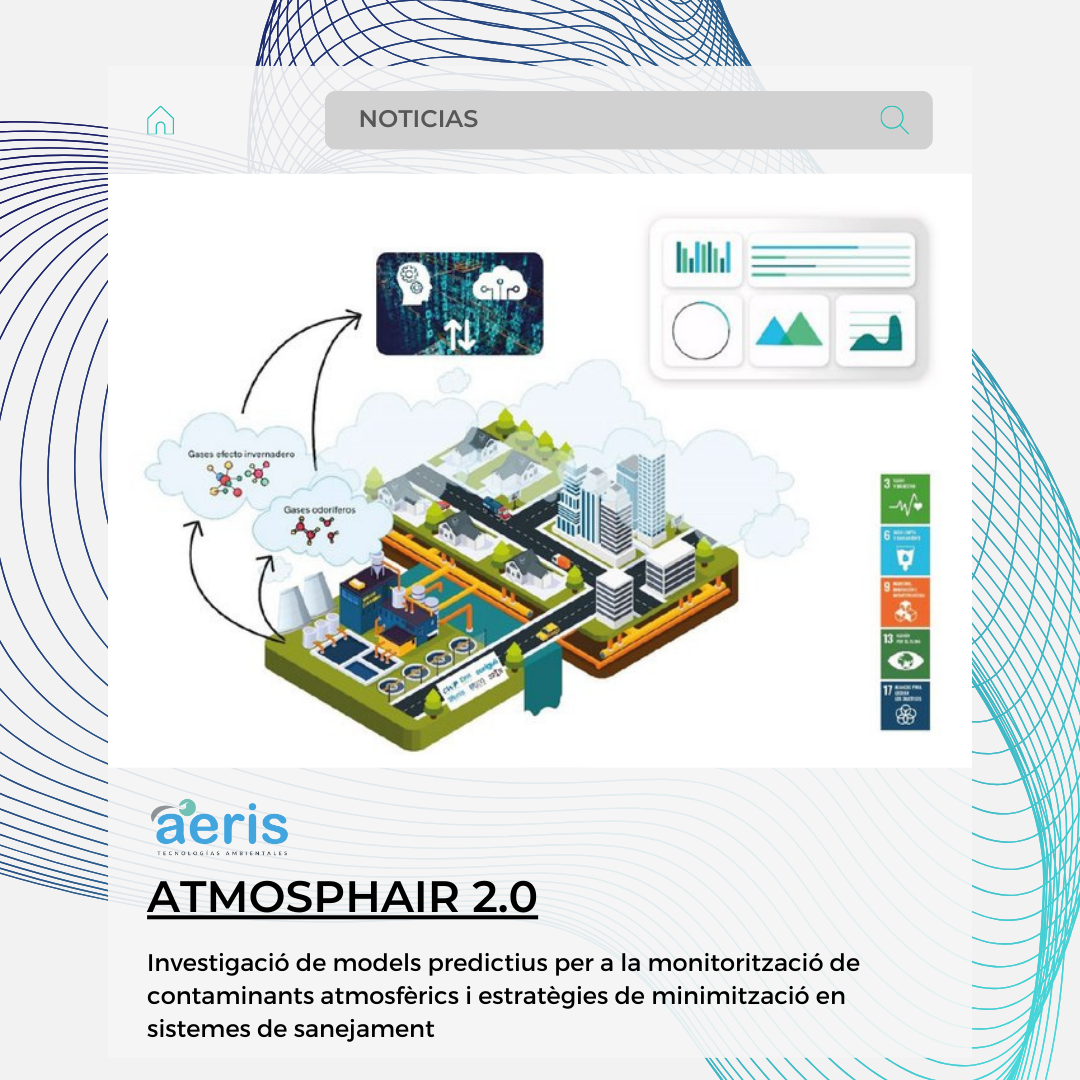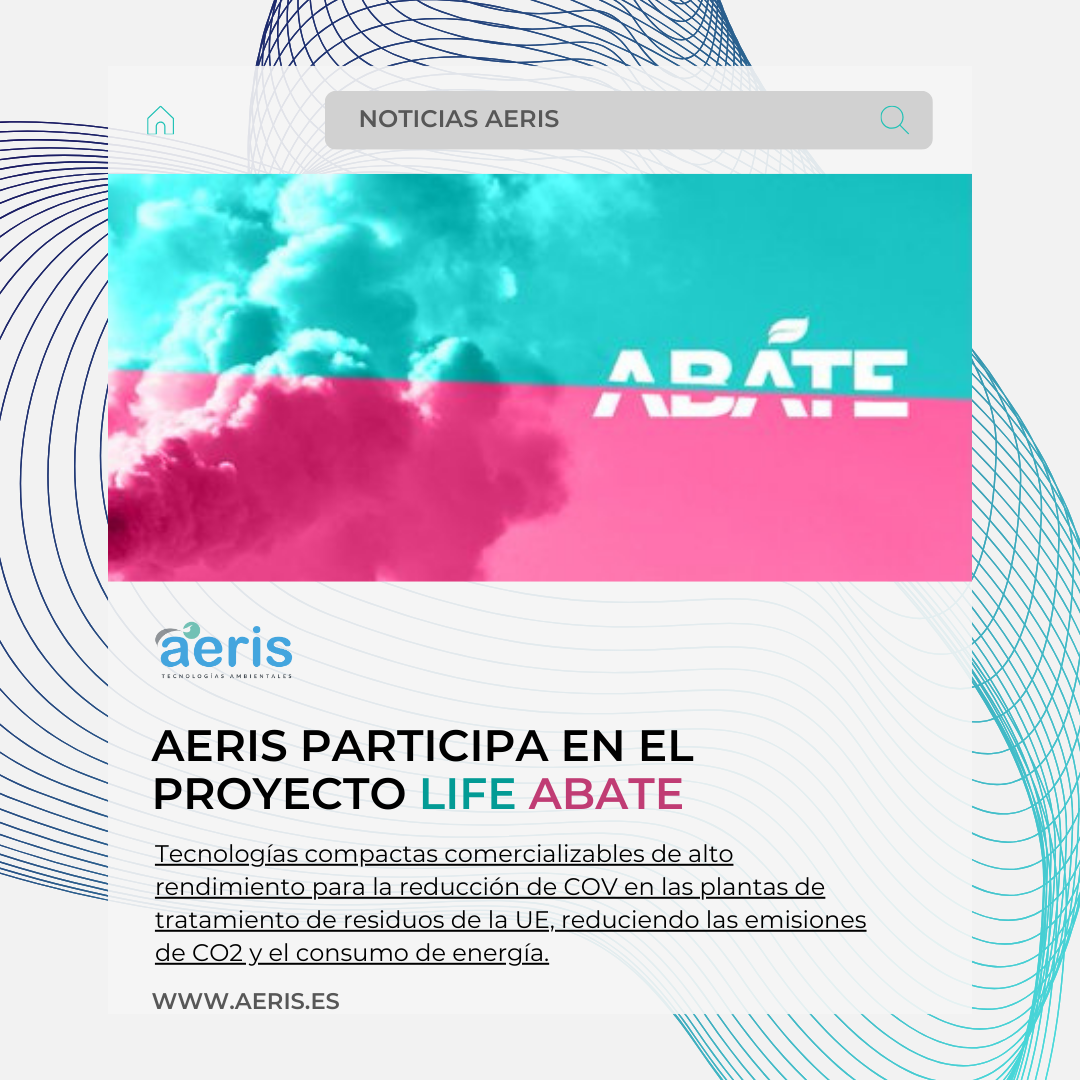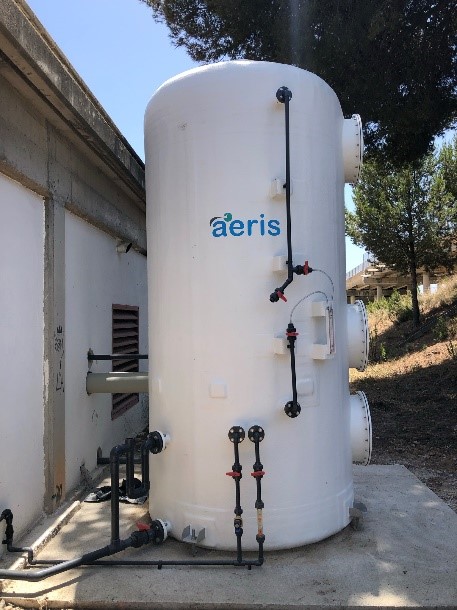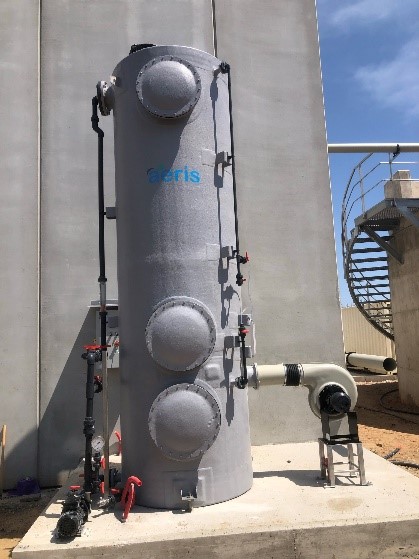Desodorización
Desodorización
Los distintos modelos de biorreactor desarrollados por AERIS para la desodorización de aire contaminado son, en comparación con las tecnologías físico-químicas equivalentes, una alternativa altamente fiable y económica. La elevada eficacia de estos biorreactores permite la desodorización total de la corriente gaseosa, para lo que no se requiere del aporte de productos químicos.
Las ventajas que ofrecen los procesos biológicos respecto a las alternativas tradicionales son:
- Enorme ahorro de operación
- Eficacia estable > 99 %
- Nulo o mínimo requerimiento de reactivos químicos
- Consumo mínimo o nulo de agua de red
- Nula producción de contaminantes secundarios
- Necesidad de mantenimiento mínima
La mayor parte de las tecnologías propuestas para esta función corresponde a diseños personalizados de biofiltro convencional (biofilter), biofiltro percolador (biotrickling filter) o biolavador (bioscrubber).
Los biofiltros convencionales son lechos rellenos de un material orgánico de alta estabilidad y colonizado por microorganismos capaces de metabolizar los compuestos olorosos. Una elevada sensorización del sistema garantiza su durabilidad y eficacia.
Los biofiltros percoladores consisten igualmente en un único reactor en cuyo interior crecen microorganismos específicos, en este caso con una recirculación continua de líquido. En este reactor se dan simultáneamente la disolución de los compuestos olorosos y su oxidación biológica.
Finalmente, los biolavadores se componen de dos reactores separados. En el primero de ellos, una torre de absorción, los compuestos olorosos se transfieren a la fase líquida. Esta fase líquida se conduce posteriormente a un segundo reactor, en este caso biológico, en el cual los compuestos olorosos son oxidados biológicamente.






